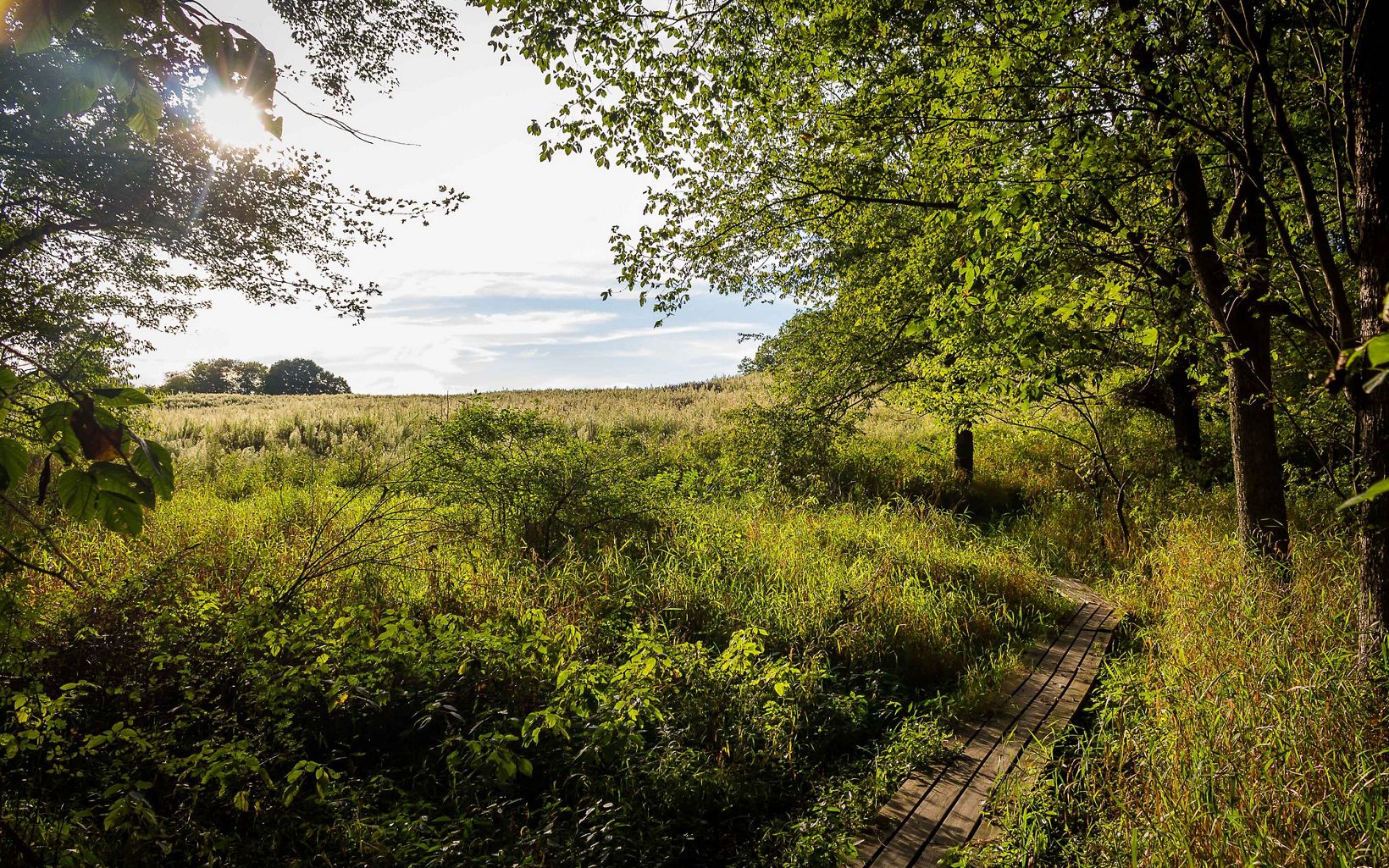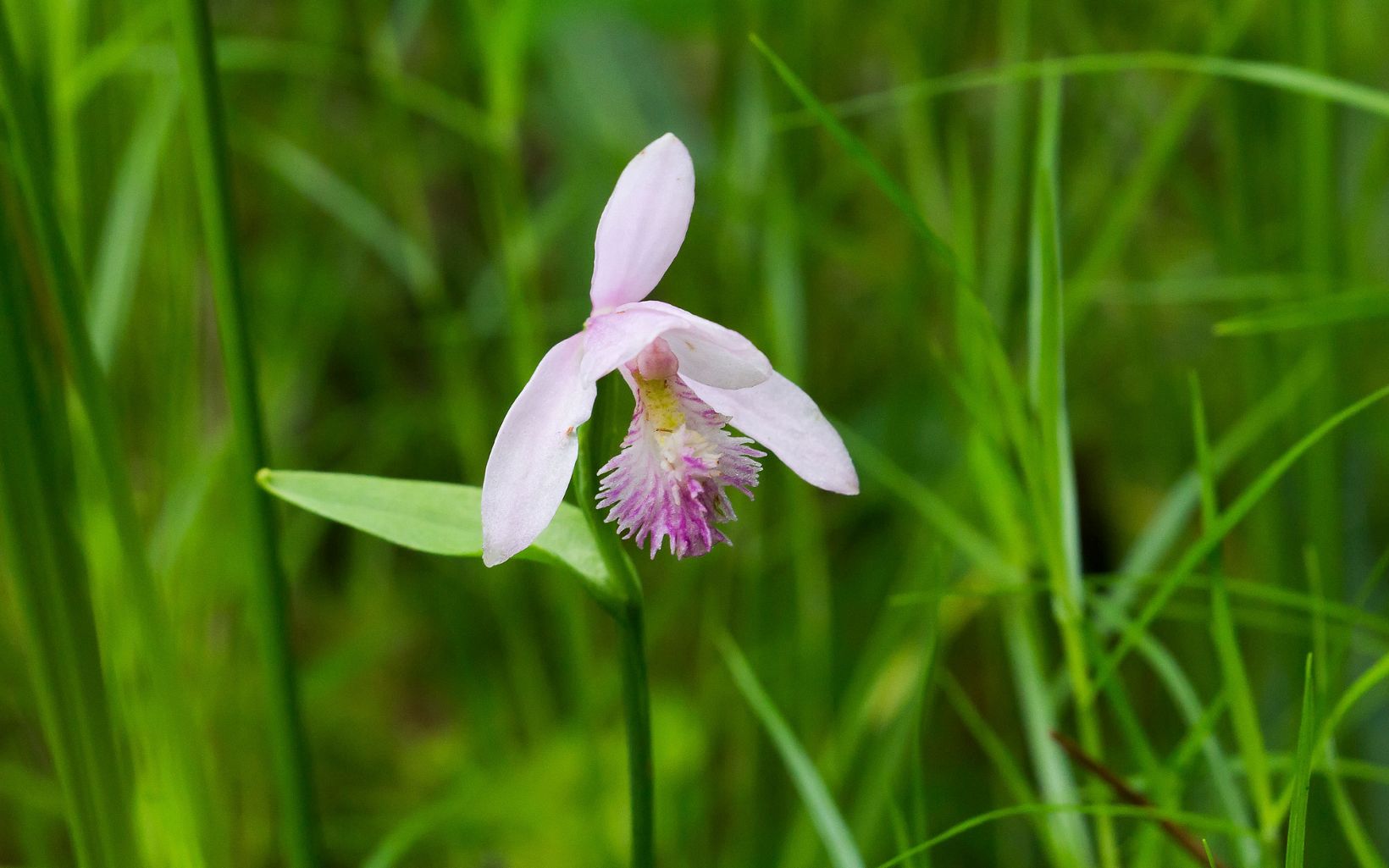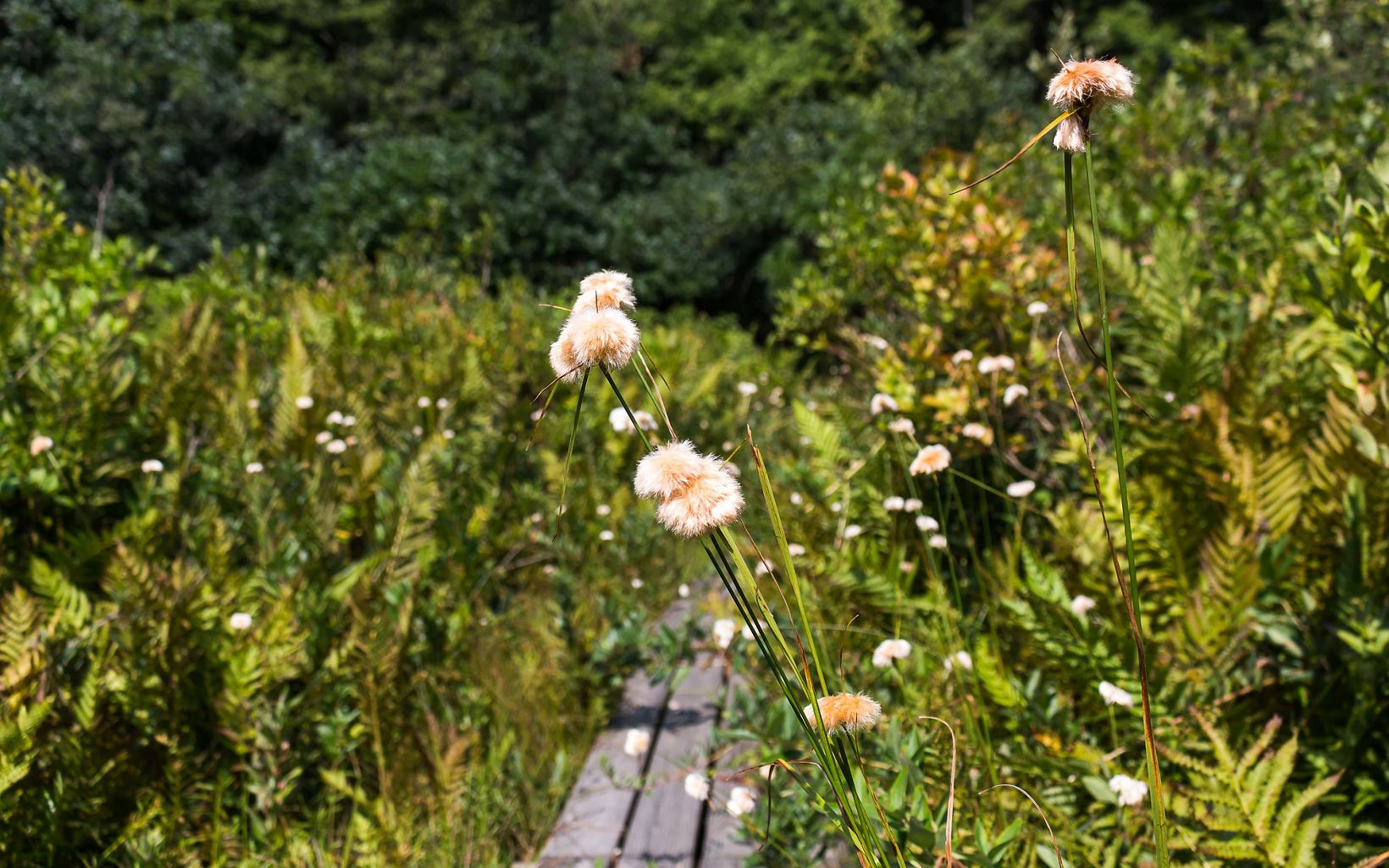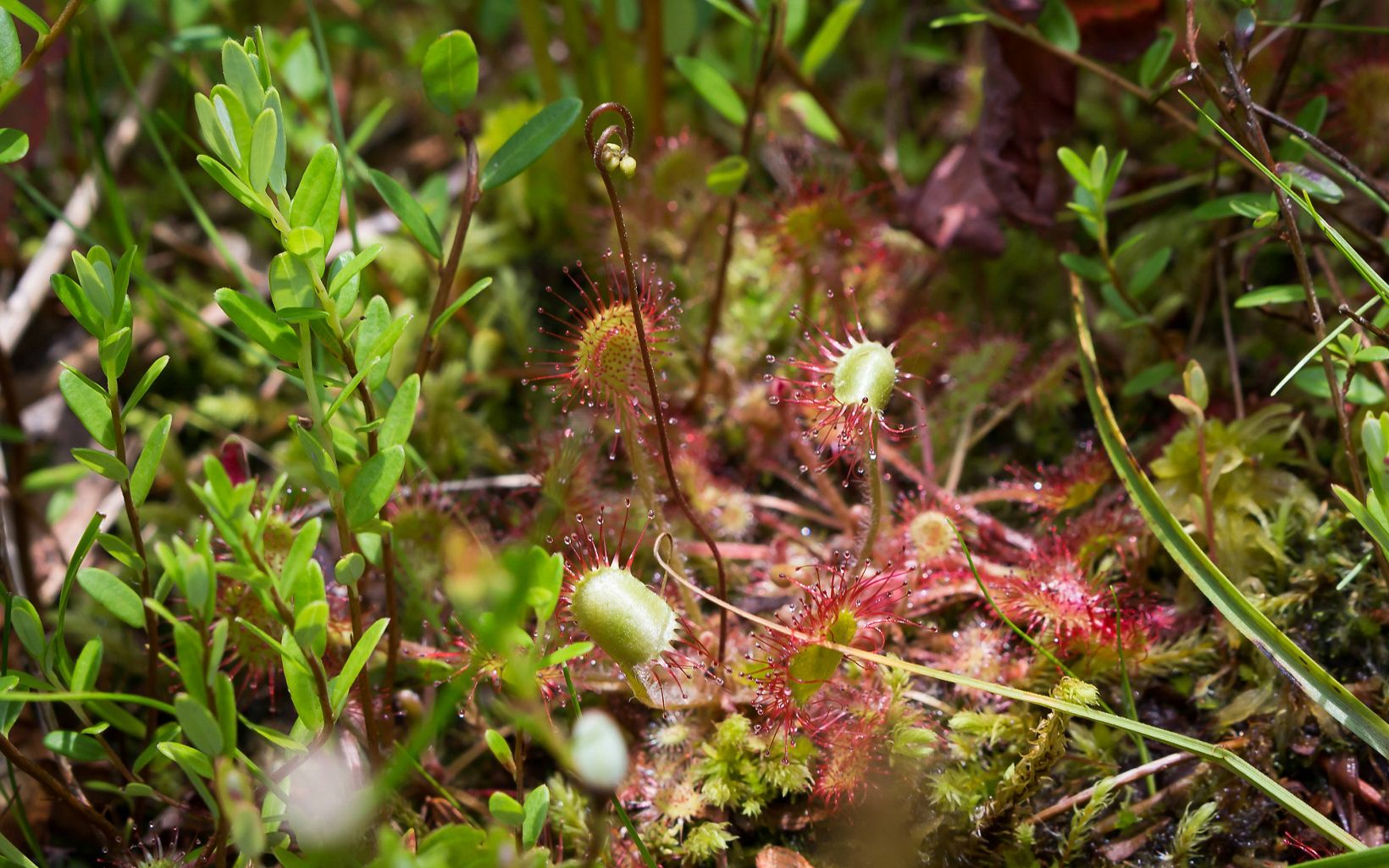Description
Brown's Lake Bog represents a very rare plant community in Ohio. The naturally acidic properties of sphagnum, coupled with its ability to insulate the water below from rapid air temperature changes, provided the right environment for the creation of the bog and its relict boreal plant communities. More than 20 rare plants are found here.
As one of the few well-preserved, virgin boreal acid bogs remaining in a region where wetlands have been drained for agricultural use, Brown's Lake Bog was designated a National Natural Landmark in 1967.
The greatest threat to the integrity of the glacial relict bog community is succession. Some of this may be unnaturally accelerated due to increased runoff and changes in water chemistry, possibly caused by surrounding agricultural areas. Without intervention, the entire kettle depression would become a swamp forest. If woody plants are permitted to encroach upon the sphagnum mat, these shrubs and trees would eventually shade out the bog species that make this area unique.
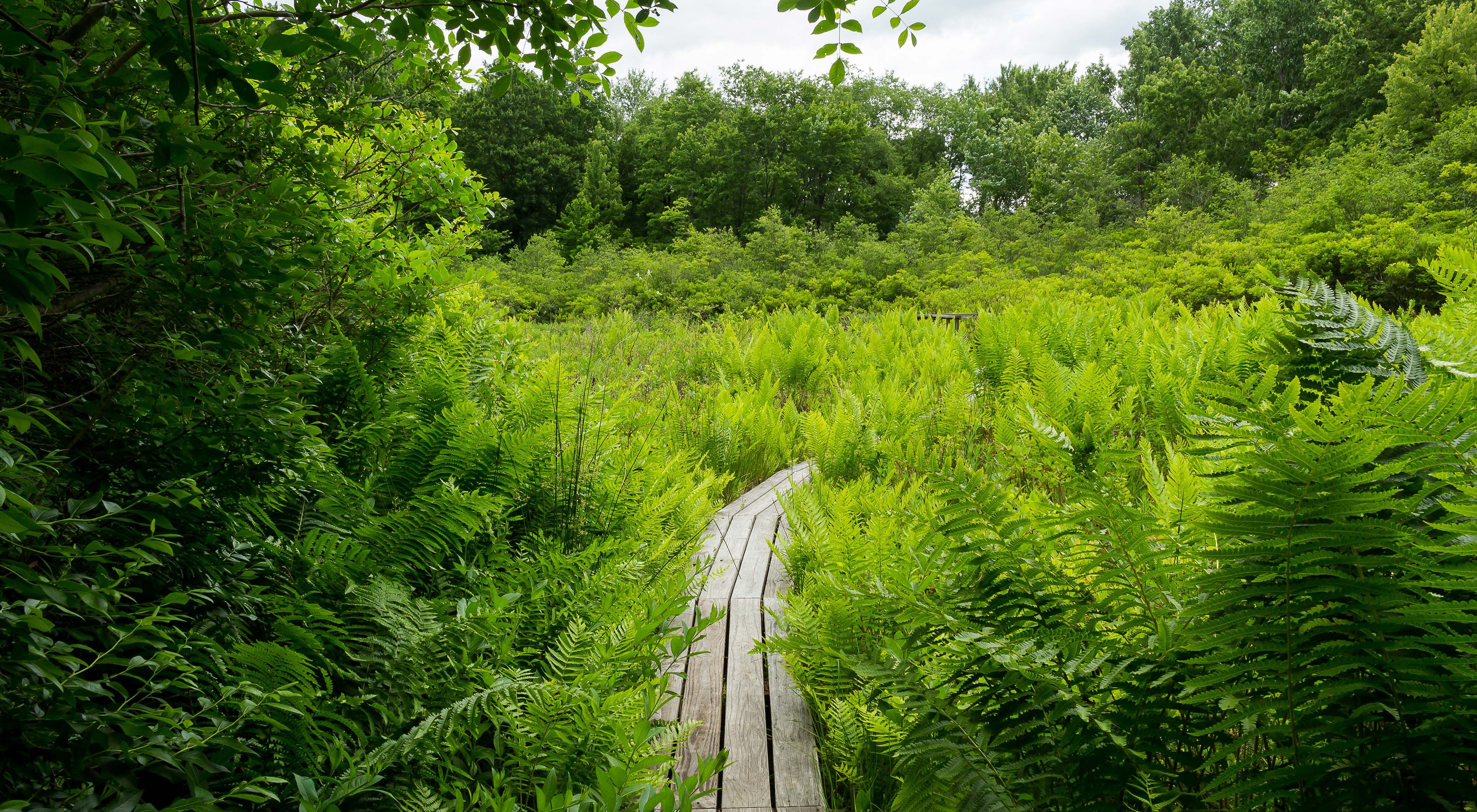
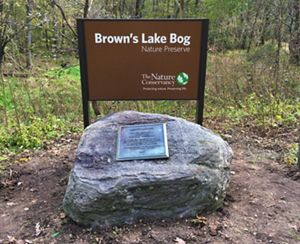

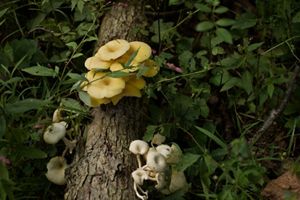
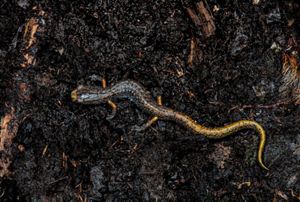

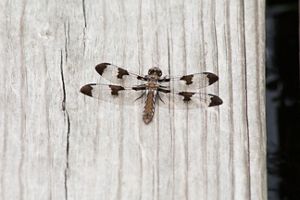
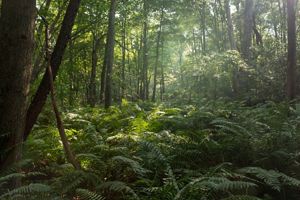
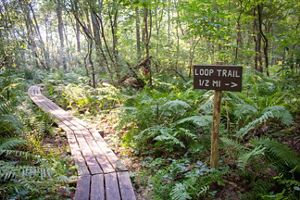
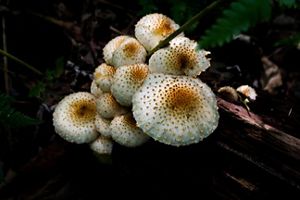
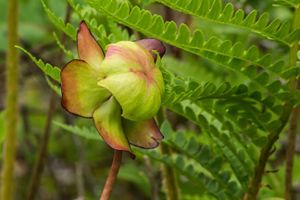
.jpg?crop=0%2C83%2C4000%2C2500&wid=1640&hei=1025&scl=2.4390243902439024)

